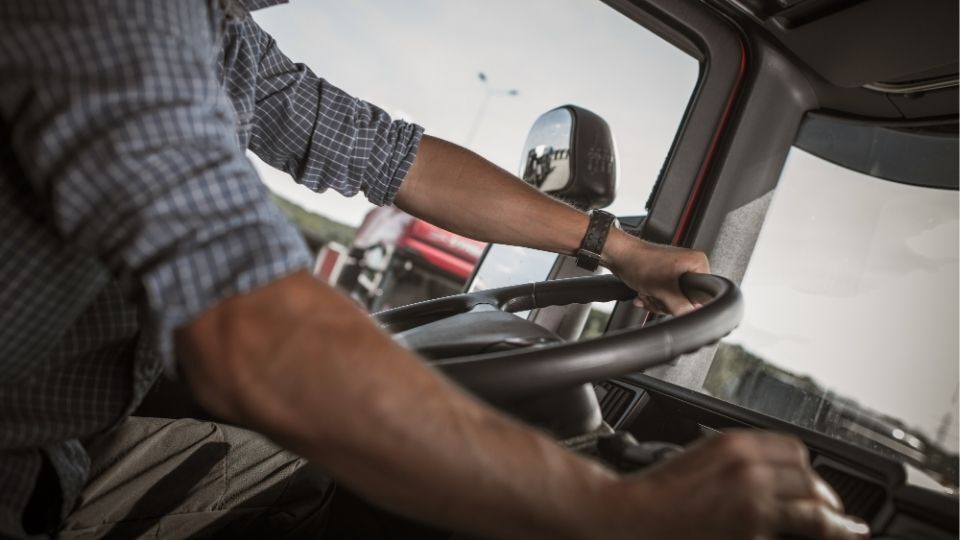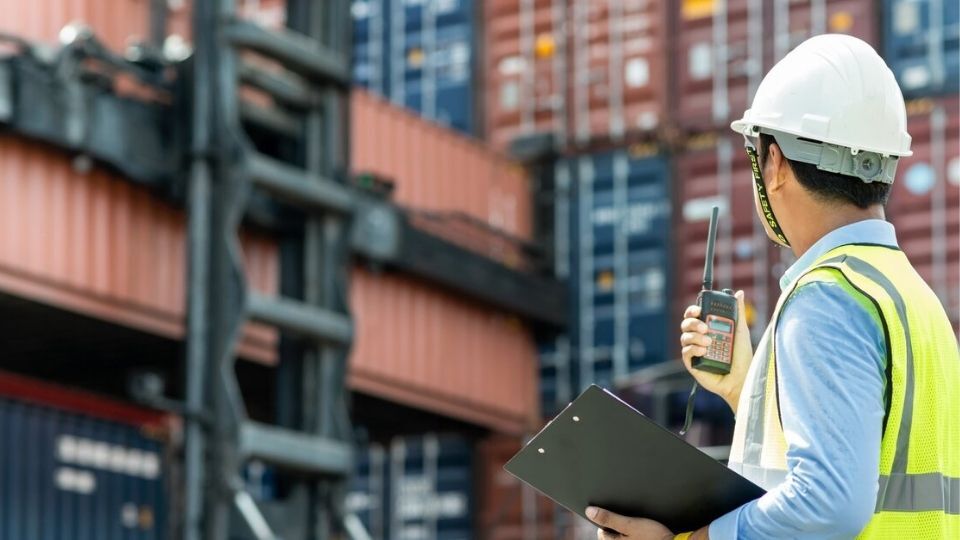The impact of COVID-19 on UK fleets
COVID-19 lockdown measures have impacted traffic patterns.
By Europe Team
Feb 17, 2022

On the 23 March, Boris Johnson, the Prime Minister of the United Kingdom, took the unprecedented decision to introduce lockdown measures, unless your work role and/or organization were considered an essential service. The restrictions, first introduced for a three-week period, on 16 April were extended for an additional three weeks. However, as a shining light, Denmark and Austria are already in the process of a phased return to some kind of normality.
It is difficult to fully understand the impact of COVID-19 until after the fact. However, at Geotab, we are beginning to build a strong, data-driven picture of the likely impacts. This has only been possible as a result of access to large scale anonymized and aggregated vehicle data.
Now more than ever, the access to anonymized and aggregated data is a vital component in analyzing the impacts on our economy, and ultimately helps to inform critical decision-making. For example, Google has created Community Mobility reports to advise the government on the public's response to social distancing guidance such as the use of parks and supermarkets.
Similarly, Deloitte developed an economic recovery index which monitors health, social, economic and financial indicators in the light of COVID. It also monitors fleet activity powered by data provided from Geotab.
For the UK, we have begun to understand the impact lockdown restrictions are having on fleet activity and the economy. Our fleet activity insights are focused on two areas:
1. Last-mile delivery stop times
2. Average speeds on major UK roads, by road, city and region
Geotab is a market leader in fleet management solutions, and has aggregated and anonymized data from connected fleet vehicles in Europe, including, leasing and rental, last-mile delivery, utilities and transport and service sectors. The results are a percentage of activity compared to a business-as-usual scenario called normal activity before the crisis to help make sense of the impact to business.
Introduction of no-contact delivery services
With the lockdown restriction introduced on 23 March, delivery companies are taking actions to keep their customers and workers safe.
In light of the social distancing requirements, many delivery companies have applied a no-contact default for their delivery services. Geotab’s technology can help to notify delivery fleet customers of their deliveries and current status.
.png)
Figure 1: Comparing the average delivery stop time before and after COVID-19 restrictions across the UK. Benchmarking to normal average stop time: 2 March - 20 March.
In many cases, no physical contact is requested and customers can add a drop-off note. This change in delivery process is reducing stop times, as seen in Figure 1. We can see that in the first couple of weeks of March activity was on the whole business-as-usual. However, around 21 March delivery stop times began to reduce significantly. Interestingly, the UK lockdown was introduced on the evening of 23 March, and therefore, as many businesses made the adaption to deliver products with no-contact, we can see the average stop time decreased by as much as 8%. As a result, there may well be an opportunity for last-mile delivery services to adopt this strategy in the long term as it has the potential to save time and improve productivity.
Driving behavior, fuel economy and costs
A common theme across the data that was captured is a noticeable increase in average speeds across all fleet activity. For this, we analyzed the average speeds on four main motorways (M1, M25, M4, and M6) plus three A-roads (A1, A14 and A30) as below. We compare commercial vehicles driving a week before the lockdown to during the lockdown period.
.png)
Figure 2: Relative change in average speed for major UK roads comparing data for a week after and before the lockdown. Pre-lockdown: 17 March - 23 March; After lockdown: 24 March - 30 March
It is perhaps not surprising that speeds have increased following the restrictions on travel, as reported by the media. The highest increase on average speed has been found for A30 road with an increase of 3.27%. Notably, the A1 and A30 have a higher average increase in speed compared to some of the main motorways in the UK.
.png)
Figure 3: Daily relative change in average speed per city for business days. Pre-lockdown: 17 March - 23 March; After lockdown: 24 March - 30 March
On a municipality level, we investigated speed increases in the three cities of London, Manchester and Birmingham, as seen in Figure 3, including residential roads, city highways and rural areas. Manchester has generally seen higher reported speeds than any other region in the UK. Interestingly, The Greater Manchester Police have caught over 6,200 driver speeding since the lockdown was introduced on 23 March.
First and foremost, public safety is the number one priority and therefore, speeding vehicles is a huge concern. For fleets, this also provides challenges. Higher than average speeds not only increases the risk of collisions, there are also significant implications to fuel economy and driving behavior related costs. Erratic driving styles are not efficient, and in turn increase the potential costs to fuel and maintenance costs.
Similarly, where collisions occur, reconstruction and insurance/legal costs are likely to rise. Therefore, higher than average speeds may have much wider cost implications. Therefore, it is paramount to monitor through a fleet management platform, particularly in times where fleets are looking to be more efficient and reduce overall costs.
Decreasing delivery times and higher average speeds in the UK
WIth the connected vehicle base, and through the advanced aggregation and anonymization techniques, we can analyze and understand the impact of COVID-19 in a UK setting. Importantly, insights of this nature can be used as a decision-making tool for policy makers and businesses alike.
Notably, following the introduction of social distancing measures we saw a decrease in the delivery stop times, arguably, made possible through the no-contact delivery strategy. This reduction in time has the potential to increase fleet capacity should the measures stay in place beyond lockdown measures. We are also seeing an increase in average speeds on the UK roads. This has most likely been caused by the sharp reduction in vehicle traffic, however, from a public safety and fleet perspective, we must be wary of these speeds increasing further as driving behavior has a direct impact on collisions, fuel economy and costs. At Geotab, we endeavor to continuously develop and strengthen our data insights, stay tuned and stay safe!
See Also: What can big data tell us about driver safety in the UK during COVID-19?
Subscribe to get industry tips and insights
The Europe Team writes about fleet news in Europe.
Table of Contents
Subscribe to get industry tips and insights
Related posts
.jpg)
Go beyond reactive truck maintenance with predictive solutions that drive profits
December 8, 2025
3 minute read

The $4B Crisis: Video Intelligence as the Answer to Fleet Distraction
December 2, 2025
3 minute read

The True Cost of Cargo Theft: When Customer Trust is on the Line
November 24, 2025
2 minute read

Telematics device cost: Key factors that determine pricing
November 19, 2025
5 minute read

Law enforcement technology: Four trends to know for 2026
November 7, 2025
6 minute read

Four seasons of fleet intelligence with Geotab's Public Works solution
November 7, 2025
2 minute read